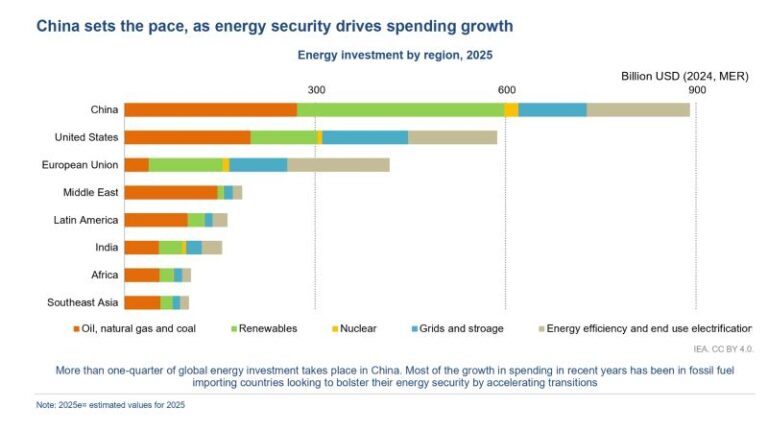In a country such as Argentina, the 2022–2023 drought caused losses exceeding USD 20 billion, according to the Rosario Stock Exchange. Therefore, the question is no longer whether climate change has an impact, but how we prepare for it.
This is where parametric insurance is beginning to gain ground in the agricultural sector.
Differences from traditional insurance
Why is it different from traditional insurance?
Compensation is automatically triggered when a pre-defined index exceeds a certain threshold. These indices can include rainfall levels, temperature, or soil moisture.
They rely on data from satellites, weather stations and IoT devices. This reduces administrative costs and eliminates discretion in claims handling.
Parametric insurance is particularly useful in regions where traditional insurance infrastructure is limited or costly.
According to consultancy Global Market Insights, the parametric insurance market is expected to grow at an annual rate of 12.6% through to 2034. Agriculture is among the sectors with the greatest potential for adoption.(full report here)
Towards a more resilient agricultural sector
For Argentina’s agricultural industry, this tool has become an urgent necessity—one that is crucial because each growing season can determine the future of thousands of producers and essential exports.
At Valiant Brokers, we believe that integrating solutions such as parametric insurance is the path towards a more resilient, competitive and sustainable agricultural sector.




